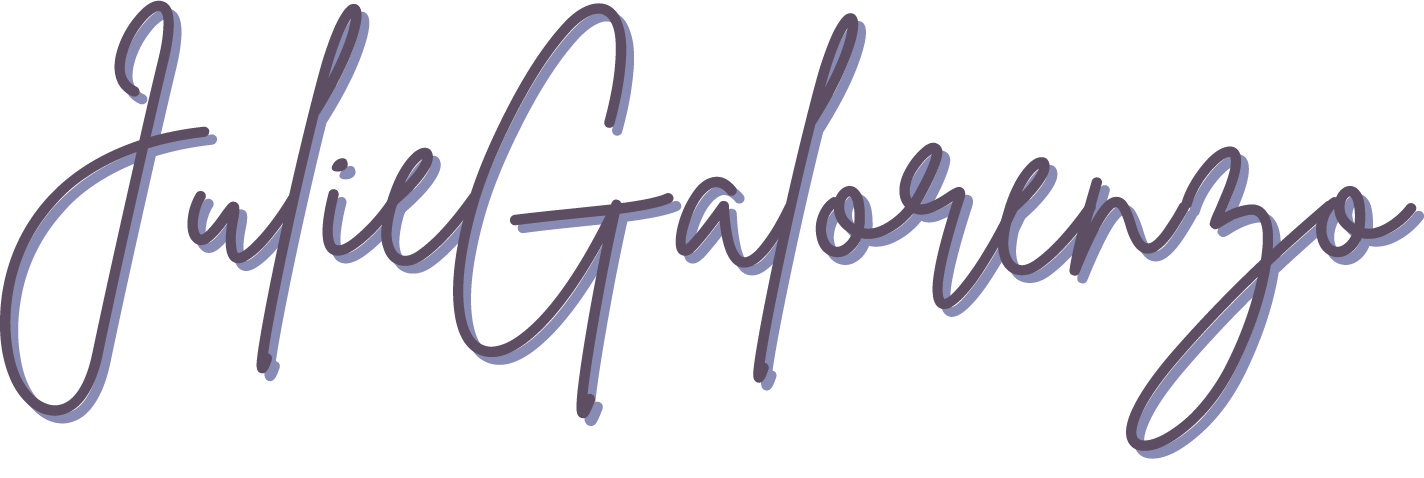#139: They're always popping their cork…
Thursday 1/23/25
At NJ Thespians someone asked me what “acting method” I use. Honestly, I can’t recall ever being asked this! I think what I personally do is use a bunch of things I’ve learned over the years to build my toolbelt but not totally entrenched in ONE method. It made me think about all the varied methods. So, here is Julie’s Guide To The Different Acting Methods!
What are acting methods?
An acting method or acting technique is a system that an actor can employ to create a character. The roles you play as an actor can be incredibly varied and ambiguous so, when taking on a new role, it helps to have a number of ways that you can approach it. This also helps build your technique, which I believe you need, because some days your head won’t be in the game. That’s why we have technique.
Common acting methods and techniques
There are many different methods employed by actors. While none are necessarily “better” than the other, they each have their own merit and purpose. Here are some of the most common acting methods that actors should be aware of:
Stanislavski’s System
Every actor should be aware of the work of Konstantin Stanislavski, Cofounder of The Moscow Art Theatre. He is often credited with modernizing acting by emphasising realistic human behaviour. His idea of the ‘Magic if’ emphasises that actors should imagine they’re in the character’s circumstances and experiencing their feelings. He encouraged actors to ask questions about the character they’re playing. What is their background or motivation and what emotions are they experiencing? Lots of imagining.
Method Acting
Also known as the Lee Strasberg technique after its inventor, method acting is heavily inspired by the Stanislavski method where the actor imagines what it’s like to have the character’s life. Method acting takes this further though by being more literal than empathetic by fully embracing the character’s mindset both onstage and offstage to get a better sense of what it’s like to be them. You’ll often hear “oh he’s a method actor” which simply means they try to inhabit the character as they go through their own life. A basic example is that if a character needs to look out their hotel window and “see Niagara falls”, a “method” actor may actually go do that instead of imagining it.
Meisner Technique
This acting method was developed by Sandford Meisner who was a colleague of Lee Strasberg. This Meisner technique encourages you to forget your own predispositions and memories and run on pure instinct and emotion. Learning this technique incorporates a lot of improvisation exercises. Imagination and creativity also play key roles but it really requires you to be as “present” as possible. “Repetition” is a popular “Meisner” exercise.
Stella Adler
Adler encouraged an actor to embrace their own individuality and imagination and bring that in their acting and characterisation. Her maxim “don’t be boring” ensured that the actors she taught always found a way to make their characters more interesting and three dimensional. It was their duty to elevate their characters and not just rely on the writer or director to provide everything for them.
Uta Hagen
The cornerstone of Hagen’s technique is realism in that an actor’s performance should come from a real place based on similar personal experiences. The method of substitution means an actor can use emotional memory rather than relying on imagined emotion. This helps you connect with the character more effectively and utilise your own thoughts and emotions when playing them making the performance more natural and believable. Uta Hagen’s “9 Questions” is a popular entry level acting class exercise.
Practical Aesthetics
This is a more recent acting method that was created by director and writer, David Mamet, as well as actor, William H Macy. It combines elements of Stanislavski and Meisner as well as the ancient Greek philosophy of Epictetus. Practical Aesthetics uses two pillars of ‘think before you act’ and ‘act before you think’. This is broken down further with four steps to increase immersion in the character’s world for more realism:
The literal – what is the character doing?
The want – what does the character want?
The essential action – what is the actor doing to achieve this?
The ‘as if’ – what does this mean to the actor?
This acting method maintains a separation between actor and character – the actor creates an illusion of a character rather than becoming the character.
Laban Movement Analysis
LMA is mostly associated with dance and choreography but it also has useful aspects for acting. Movement is an important skill for actors to develop and LMA provides a framework for how to communicate more effectively using the body. Rudolf Laban is known as a pioneer of expressionist dance and his 1950 book, The Mastery of Movement, forms the basis of Laban Movement Analysis. It divides human movements into groups and helps the performer to be more mindful about their movement and the emotions they’re expressing physically.
Which acting method is best?
One acting method isn’t necessarily better than another. Each have their own merits and may be more suitable for a certain character or setting. Every actor is different and may favour a certain method over others depending on their approach to acting. Often it’s best to combine elements of multiple acting techniques and see what works best for the situation. But the thing you’ll notice is that none of these formed this century (except for Practical Aesthetics). Things evolve but acting methodology seems to have stopped. I think try a lot of techniques, exercises, and classes and take what you like and get rid of what doesn’t.
Dreams Don’t Die
Julie
